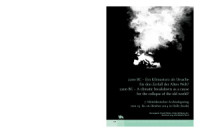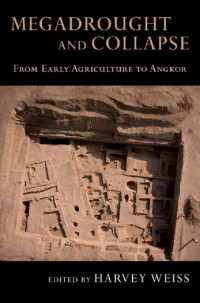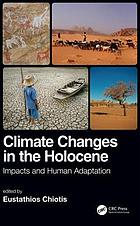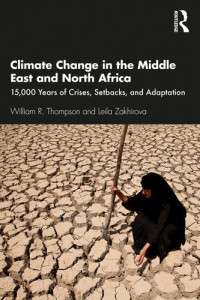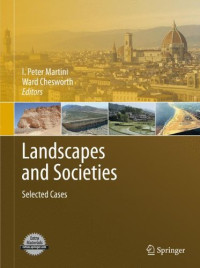
Megadrought, collapse, and resilience in late 3rd millennium BC Mesopotamia
Weiss H.
In book: H. Meller, H.W. Arz, R. Jung, and R. Risch (eds.) 2200 BC - A climatic breakdown as a cause for the collapse of the Old World? — Halle: Landesmuseum fur Vorgeschichte, 2015. — pp. 35-52.The 2200–1900 BC (4.2–3.9 ka BP) deflection or weakening of the Mediterranean westerlies and the Indian monsoon generated synchronous megadrought across the Mediterranean, West Asia, the Indus, and north-east Africa. Dry farming agriculture domains and their productivity were reduced severely, forcing adaptive societal collapses and regional abandonments, habitat-tracking, and nomadisation. These processes extended across the steppic, riparian, paludal, and karst spring landscapes of West Asia, demonstrating demographic and societal resilience and illuminating previously obscure processes, such as collapse in the Akkadian Empire and adjacent regions. The return of pre-megadrought precipitation at c. 1900 BC permitted sedentarisation and resettlement by former pastoralists, and ushered in the succeeding Middle Bronze Age era of warring territorial kingdoms. However, the social forces behind the opportunistic resettlement remain to be explored. High-resolution dating and transfer functions for palaeoclimate proxy records will refine the understanding of the chronology and the magnitude of adaptive responses to the onset and termination of the megadrought.
 Amazon
Amazon  Barnes & Noble
Barnes & Noble  Bookshop.org
Bookshop.org  Convierte archivos
Convierte archivos Más resultados de búsqueda
Más resultados de búsqueda Otros beneficios
Otros beneficios 


